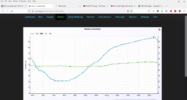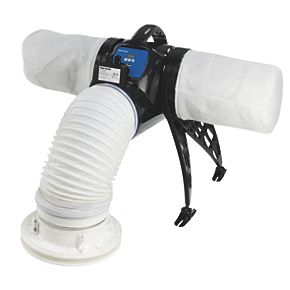Hi guys
I have an issue in my kitchen that a surveyor says is a failure in my damp proofing & my damp man says is only moisture. Its in one corner of my kitchen and 3 sets of solid oak worktops have bowed. Its now starting to make my metal fireplace in the adjacent room go a little rusty. Its been suggested to me to fit either a PIV or humidity extractor fan in the kitchen (one that switches on when it's humid).
I'm going to order a humidity gauge to see what it registers but which would you guys fit? What are the pros & cons to consider?
Thanks
I have an issue in my kitchen that a surveyor says is a failure in my damp proofing & my damp man says is only moisture. Its in one corner of my kitchen and 3 sets of solid oak worktops have bowed. Its now starting to make my metal fireplace in the adjacent room go a little rusty. Its been suggested to me to fit either a PIV or humidity extractor fan in the kitchen (one that switches on when it's humid).
I'm going to order a humidity gauge to see what it registers but which would you guys fit? What are the pros & cons to consider?
Thanks




